Africa’s internet penetration at 28pc: ITU

Internet penetration in Africa stands at 28.2% as of November 2019.
A report by the International Telecommunication Union (ITU) revealed that the number of people online in developed countries is much higher: close to 87%.
“Countries with the highest proportions of people not using the Internet are mostly in Africa and South Asia, although there are inter-regional differences,” the report said.
An estimated 4.1 billion people are using the Internet this year, reflecting a 5.3 per cent increase compared with last year.
The global penetration rate increased from nearly 17 per cent in 2005 to over 53 per 2005 cent in 2019.
Between 2005 and 2019, the number of Internet users grew on average by 10 per cent every year.
“In recent years though, global growth rates are not as a high as a decade ago because some parts of the world are reaching saturation levels,” the report titled Measuring Digital Development says.
MOBILE SUBSCRIPTIONS
For mobile subscriptions, the correlation between level of development and uptake of mobile subscriptions is much weaker.
This reflects the better affordability and availability of mobile compared with fixed network connections.
In all regions of the world, households are more likely to have Internet access at home than to have a computer because Internet access is also possible through other devices.
Before the rise of smartphones, there were virtually no countries where more households had Internet access at home than computers.
However in Africa and the lower developing countries, very few households have either Internet access or a computer.
Almost the entire world population (97 per cent) lives within reach of a mobile cellular signal.
More than 95 per cent of the population in Asia and the Pacific, Europe, and the Americas is covered by a 3G or higher network.
In the Arab States, 91 per cent of the population is covered by a 3G or higher network, while in the CIS region coverage is 88 per cent, followed by Africa at 79 per cent.
With regards to gender, men on the African continent have been found to have more access than women. According to the statistics, internet usage for men stands at 33% with the user rate for women at 20.7%.
This trend is replicated around the world as figures on other regions still show that there is a gender gap with more men accessing the internet than men.
“Latest figures show that while Internet use continues to spread, the digital gender gap is also growing. More effective action is urgently needed to address a range of barriers – cultural, financial and skills-related – that are impeding Internet uptake, especially among women,” said Doreen Bogdan-Martin Director, ITU Telecommunication Development Bureau.
Want to send us a story? SMS to 25170 or WhatsApp 0743570000 or Submit on Citizen Digital or email wananchi@royalmedia.co.ke
Comments
No comments yet.


Leave a Comment